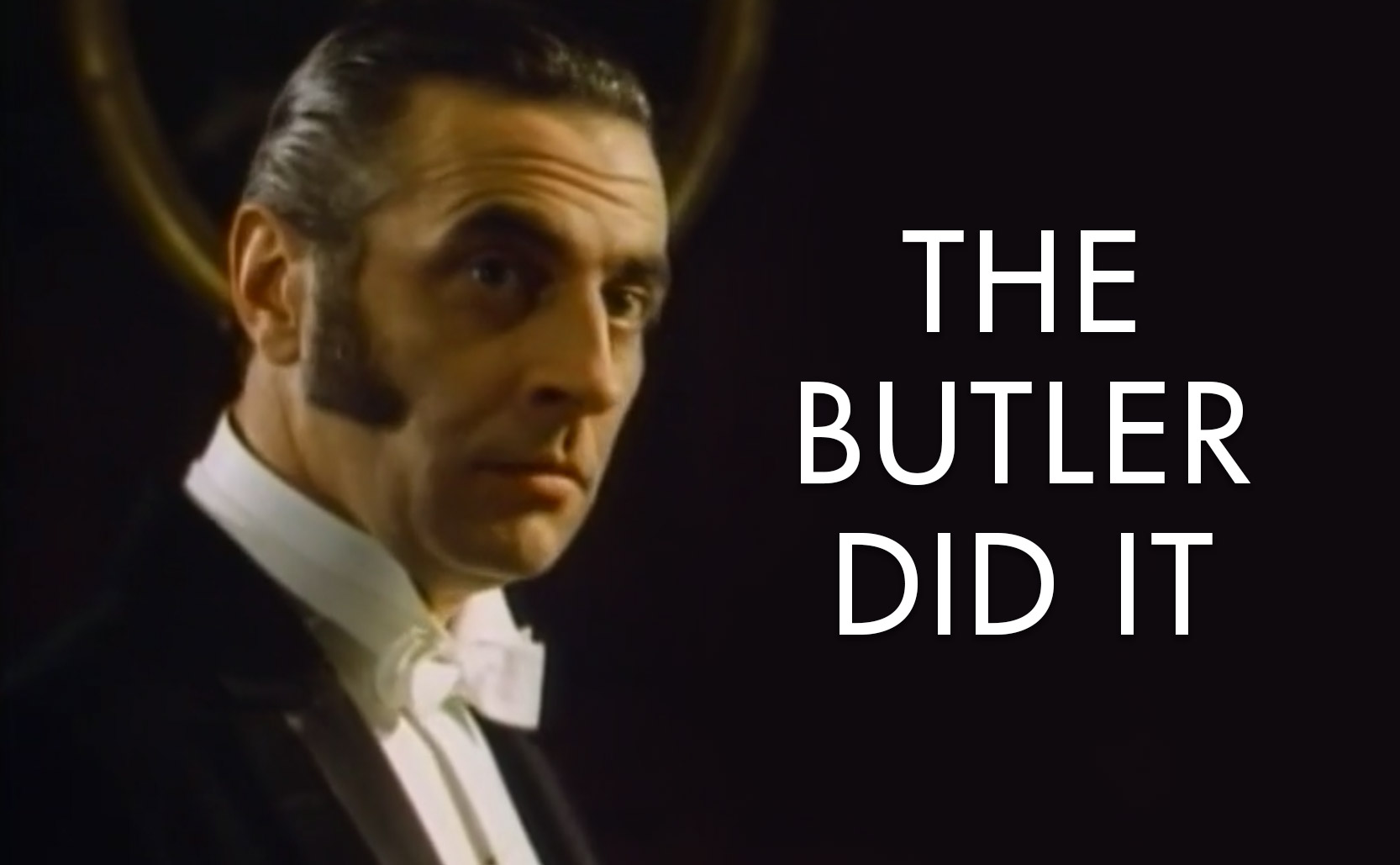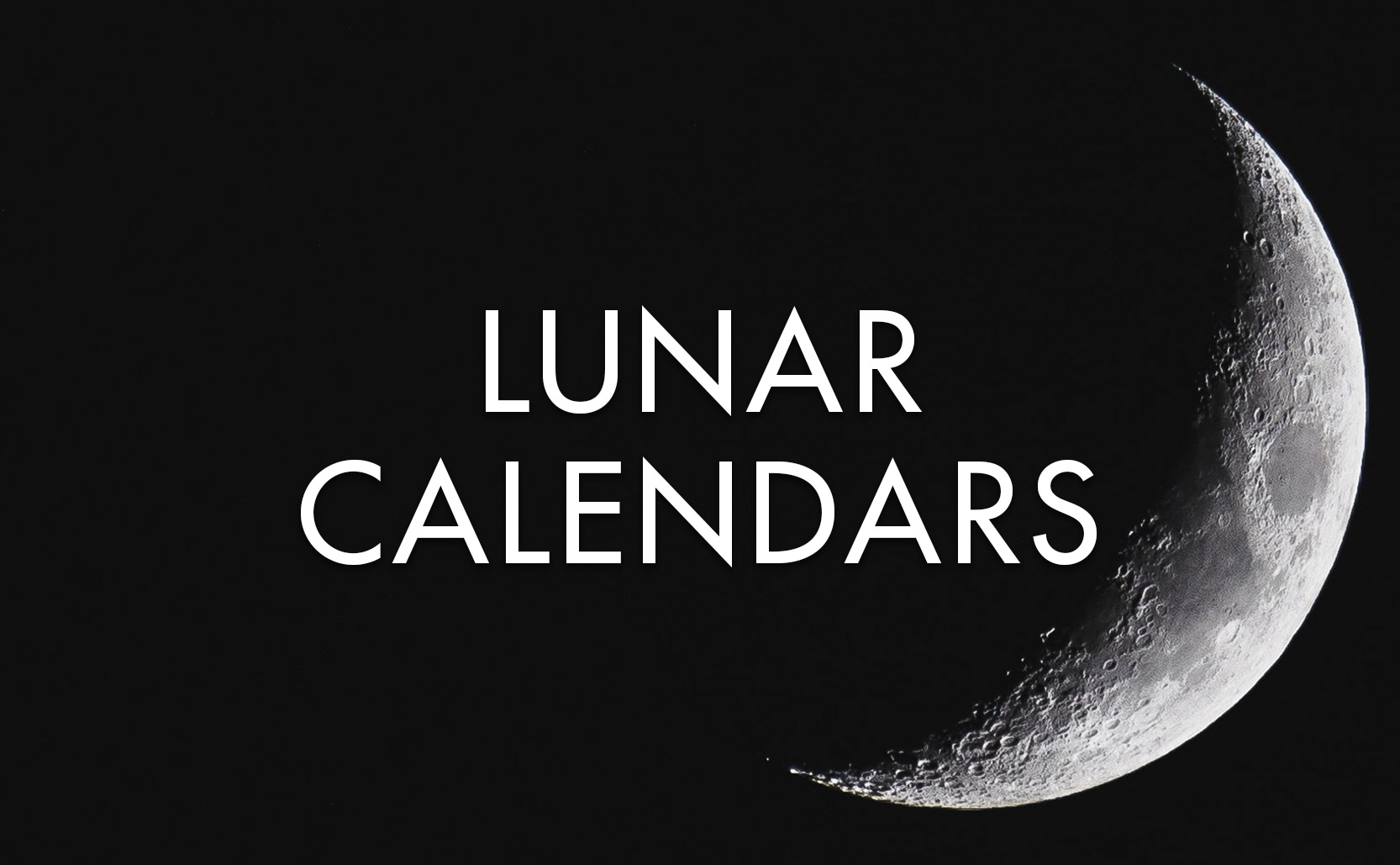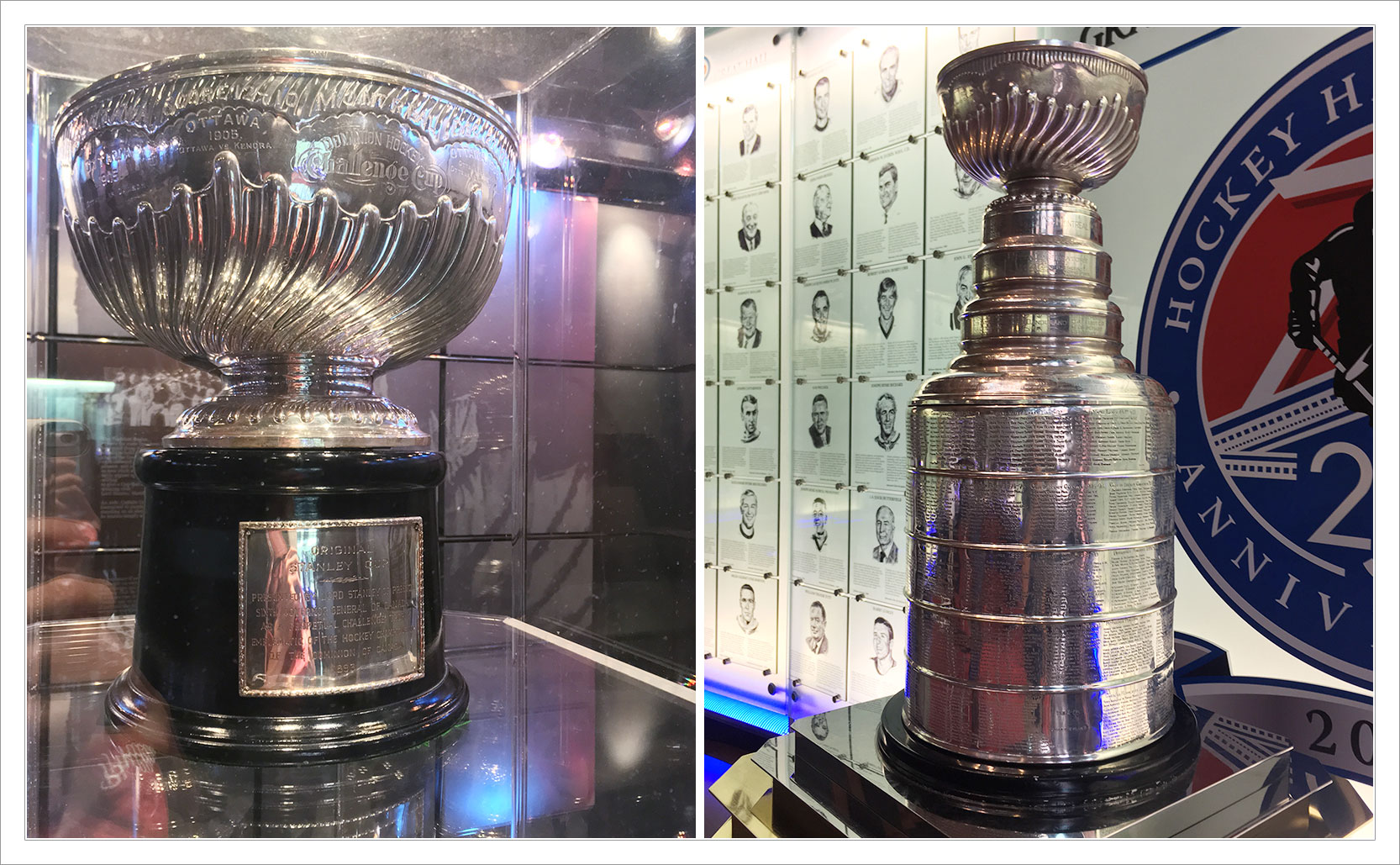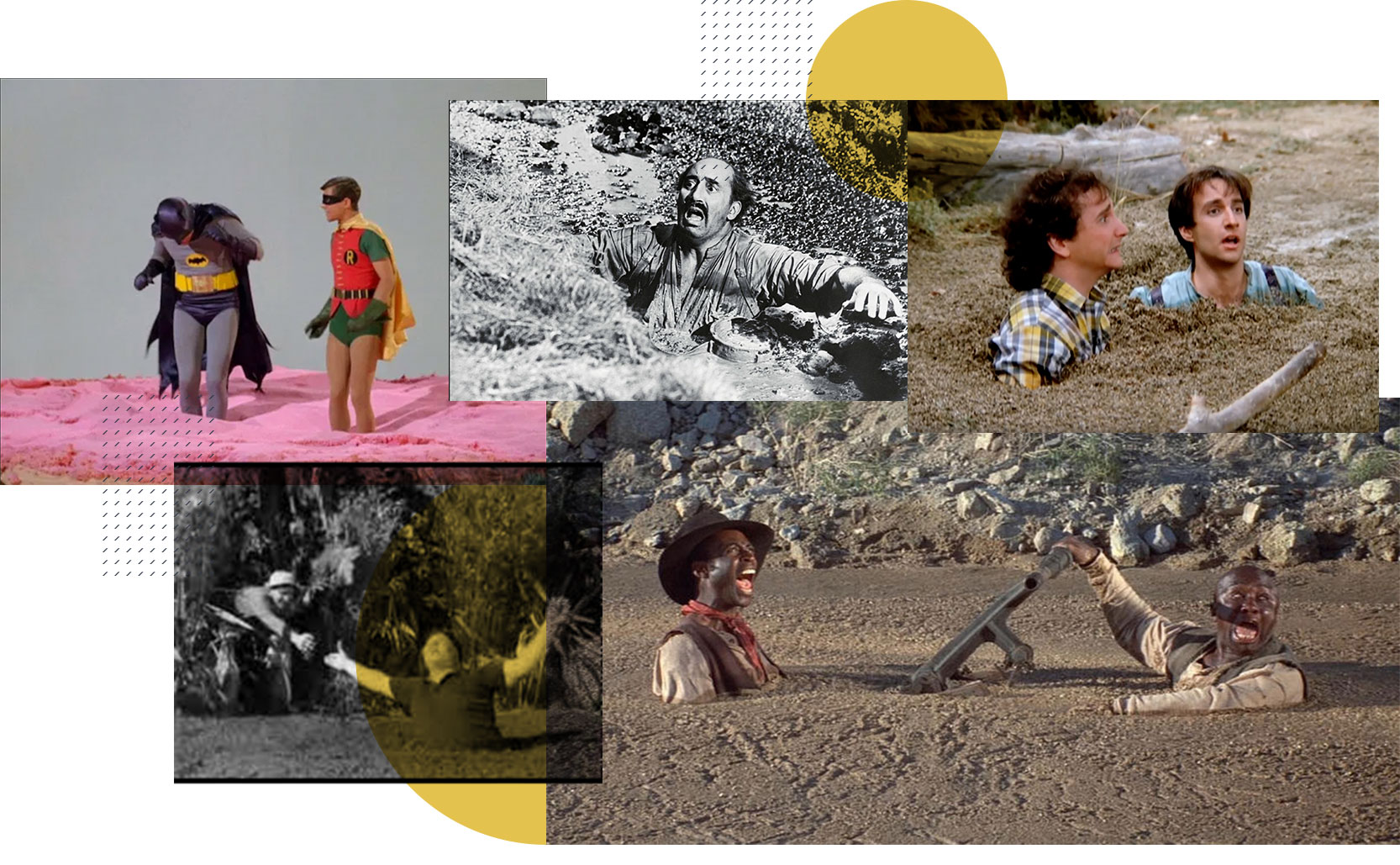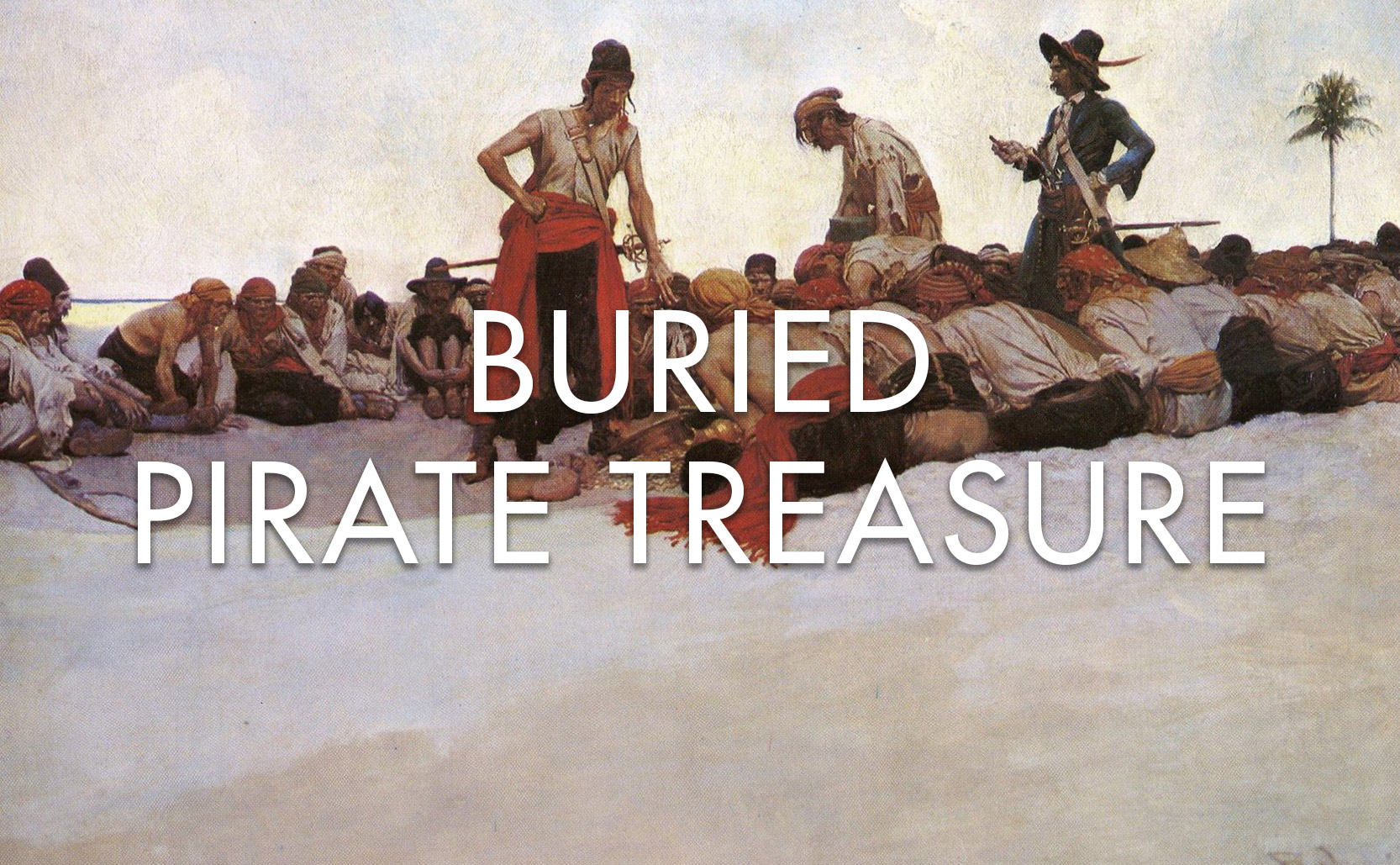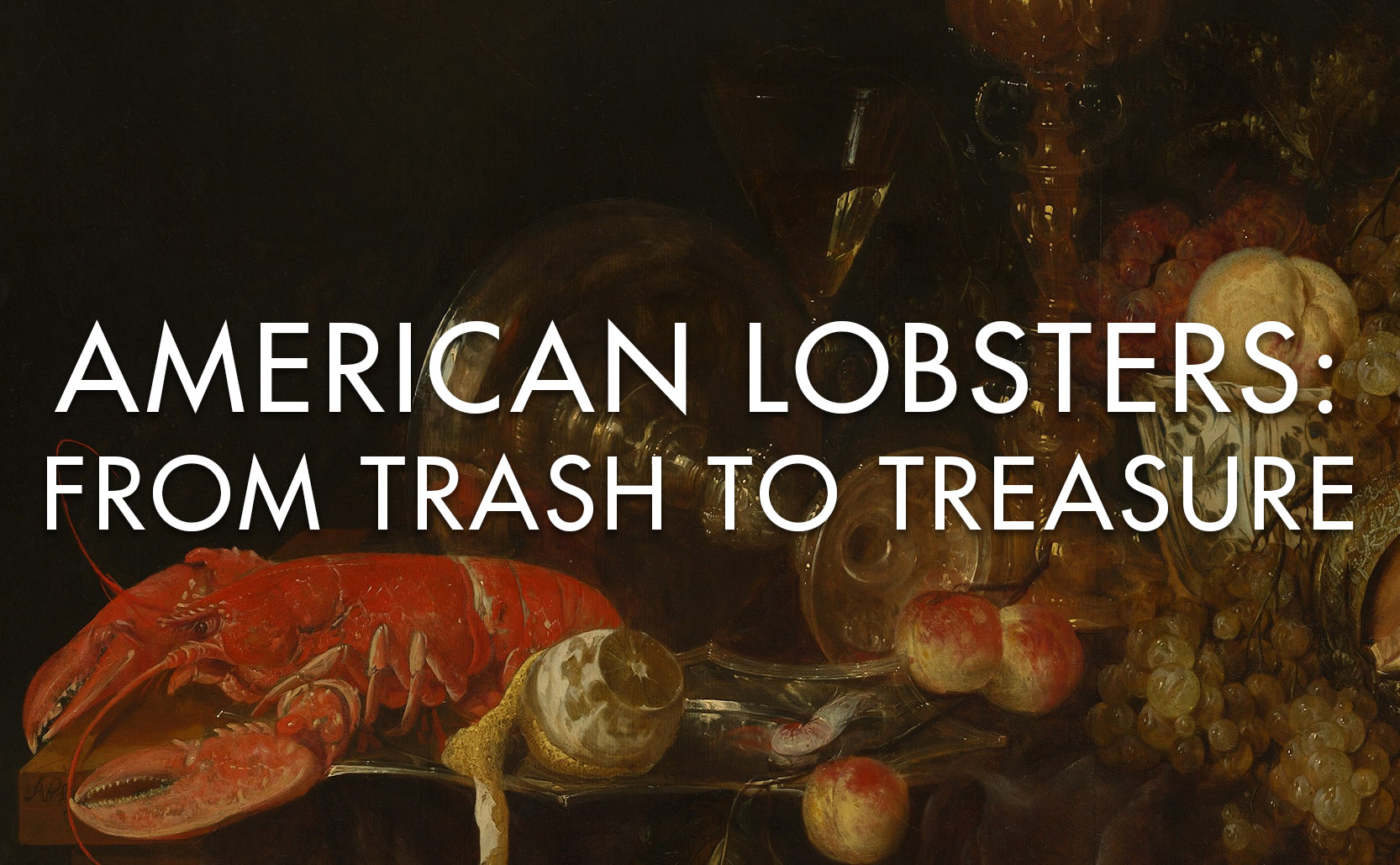The Sunk-Cost Fallacy
Just because you started something doesn’t mean you have to finish it. Sometimes quitting is a good thing.
The Sunk-Cost Fallacy is where, because you have invested time / effort / money etc. into something, you feel you can’t quit. The cost of the thing makes you continue because you think that stopping would be a waste of all that time / effort / money etc. In reality however, if something isn’t worth it anymore, you should quit.
Loss Aversion
Humans are strongly loss averse. Losing something hurts more than gaining something by almost two to one. We’re naturally protective of the things we have and we focus more on what we may lose than what we may gain. This manifests itself when it’s time to move house, have a yard sale, or generally clean-up – people can have a difficult time parting with possessions. Similarly, walking out of a bad movie, turning around and asking for directions when driving around lost, or ending a relationship are all hard to do, partially because we are invested in them and we don’t want that investment to have been a waste. We don’t want to look foolish for having invested poorly so we double-down and continue with things we aren’t enjoying anymore to save face. By continuing forward no matter what we are increasing our investment costs as well as the damage by staying the course.
Sunk-costs are the investments we’ve made that can never come back – they’re in the past. They’re also irrelevant in considering our future paths. Past costs are looking backwards but your future choices are looking forward. For example, just because you’ve paid for a ticket to a concert doesn’t mean you have to go. If you’re feeling sick then maybe don’t go. The money you paid for the ticket is gone so all you have to consider now is: do I feel like going to this concert?
When evaluating potential courses of action, consider what is best for your future and don’t think too much about the past. The sunk-costs of your past can’t be recouped and sometimes it’s worth quitting something and turning in a new direction.



